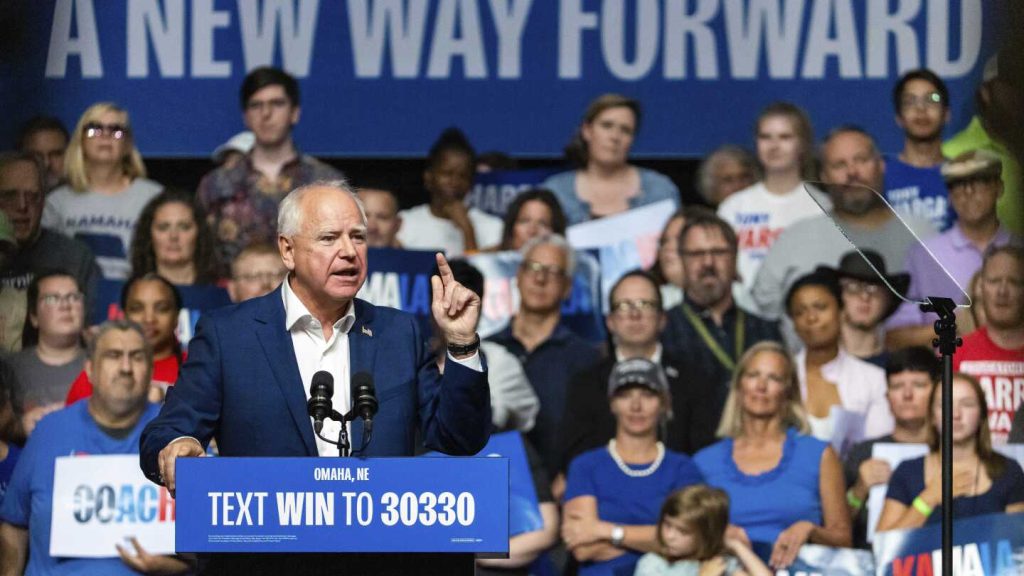Minnesota Governor Tim Walz recently signed legislation aimed at streamlining the permitting process for clean energy projects in the state. The new law eliminates the need for developers to prove that a project is necessary for Minnesota’s energy system and allows them to skip studying alternative sites and transmission line routes, thus reducing barriers to transitioning to renewable energy sources. With Minnesota now getting over half of its power from renewables, Governor Walz’s efforts to reform permitting laws could pave the way for other states to follow suit.
The changes made in Minnesota may not be easily replicated at the federal level due to a divided Congress. However, experts note that most renewable projects are developed on private land, making them subject to state or local siting authority. States like New York, California, Illinois, and Michigan have already made their own permitting reforms to accelerate the adoption of clean energy, showcasing varying approaches based on state or local control. With the energy transition speed being a crucial factor in combating climate change, easing permitting processes for renewable projects is essential.
Research from the Lawrence Berkeley National Laboratory shows that wind and solar projects typically take four to six years from announcement to operation, with permitting accounting for two-thirds of that time. Delays and cancellations often result from local ordinances, zoning issues, and community opposition. Developers have cited lengthy permitting processes as a significant obstacle to clean energy projects, emphasizing the need for streamlined regulations to meet climate goals. Permitting reforms play a vital role in advancing renewable energy infrastructure.
Despite some opposition, Governor Walz successfully navigated the passage of the permitting reform legislation with support from utilities, renewable developers, labor, environmental advocates, and energy policy nonprofits. The bill aimed to expedite wind, solar, and transmission projects while maintaining environmental review processes and public participation. The reforms are expected to significantly reduce permitting times for projects in Minnesota, benefiting both developers and the state’s largest utility, Xcel Energy.
Governor Walz’s leadership in enacting permitting reforms could position him as a national figure on climate issues, especially if he becomes the Vice President alongside Kamala Harris. The impact of speeding up clean energy projects extends beyond Minnesota, setting a precedent for other states to follow suit. By balancing efficiency with environmental considerations, the reforms aim to accelerate the transition to renewable energy sources while maintaining the integrity of the permitting process. The success of Minnesota’s efforts could inspire similar reforms nationwide.
Overall, the streamlined permitting process for clean energy projects in Minnesota marks a significant step towards achieving the state’s 100% clean energy goal and combating climate change. As states grapple with the urgency of transitioning to renewable energy sources, Governor Walz’s approach could serve as a model for other regions looking to expedite clean energy infrastructure development. By addressing permitting barriers and fostering collaboration across various stakeholders, Minnesota is paving the way for a cleaner, more sustainable energy future.


